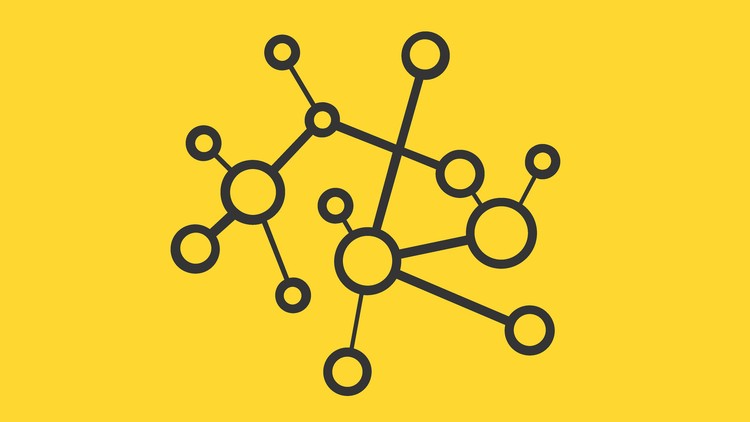
An interdisciplinary approach to time, change, semantics and ordering
What you will learn
Get a first glance at cutting-edge methods and technologies (semantic technologies, vector fields, ontologies).
Relate theories of word meaning to vector-based information representation.
Learn about the foundations of the Semantic Web initiative and its core concepts and technologies.
Explore the relevance of semantic technologies to vastly interdisciplinary fields, like Digital Preservation.
Get a better view of the emerging paradigm of knowledge representation through ontologies.
Discuss how ontology evolution (i.e. the change of ontologies over time) can serve as a means for studying semantic drift.
Why take this course?
Together we’ll explore the involvement and application of semantics in Digital Preservation. We will look at the difference between sentence and word meaning as well as how semantic decay endangers access to digital objects over time. We will also explore the shared concerns of philosophy, semantics, semiotics, logic, and information science to model and understand semantic drifts that endanger future access to preserved content.
This course will familiarize you with core ideas for representing word meaning by vectors, including a respective match between linguistics and information science. Together we will explore open-ended research questions and an ongoing effort to model semantic change on a vector field as well as the emerging paradigm of the Semantic Web and the core underlying technologies. We will also introduce technologies related to Digital Preservation as well as notions of evolving semantics and semantic drift.
The material presented in this course is based on the results of the EU-funded research project PERICLES: Promoting and Enhancing Reuse of Information throughout the Content Lifecycle taking account of Evolving Semantics.